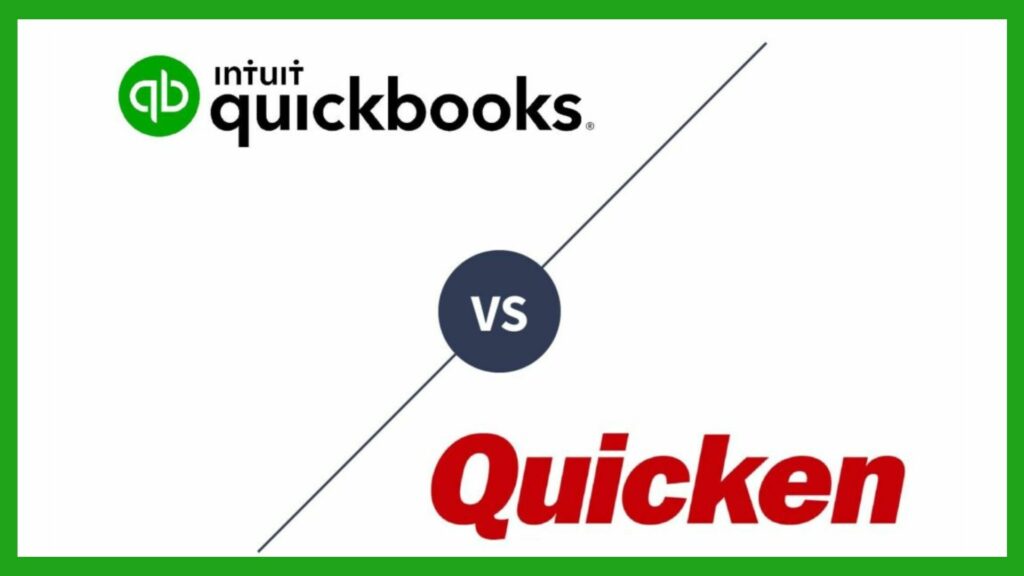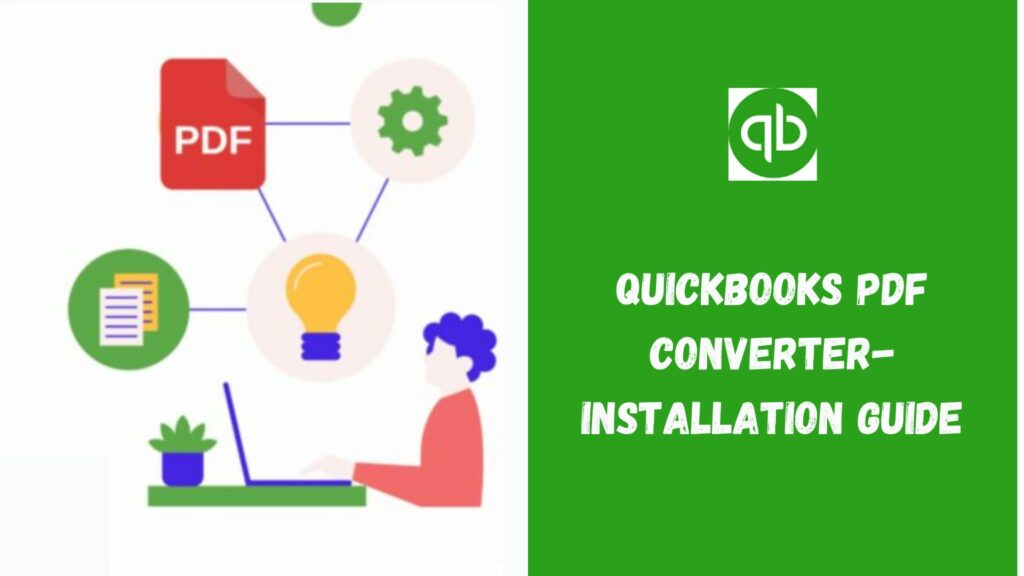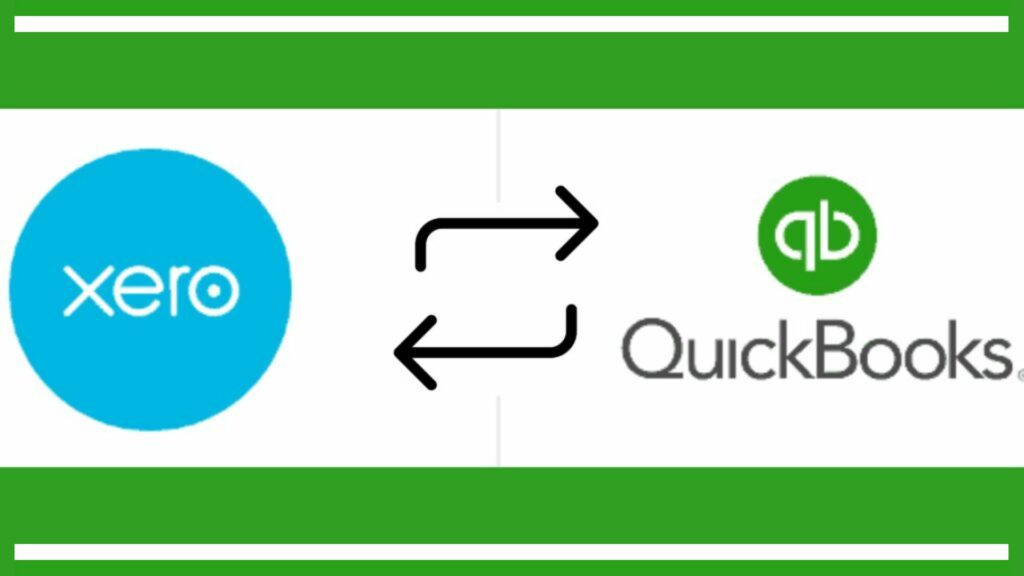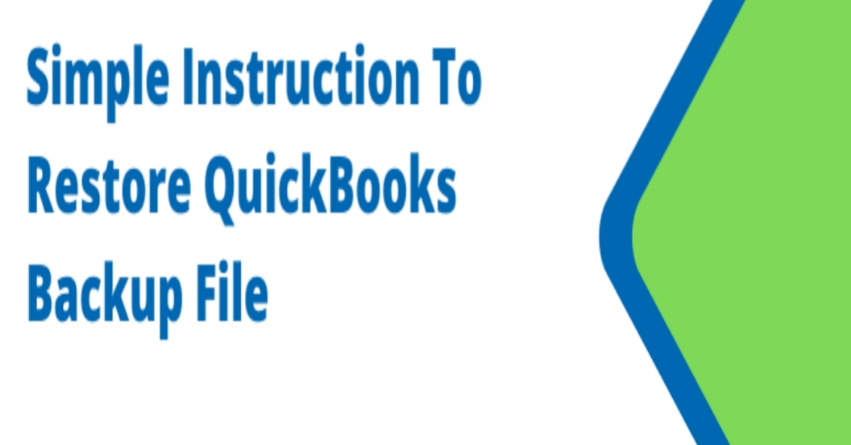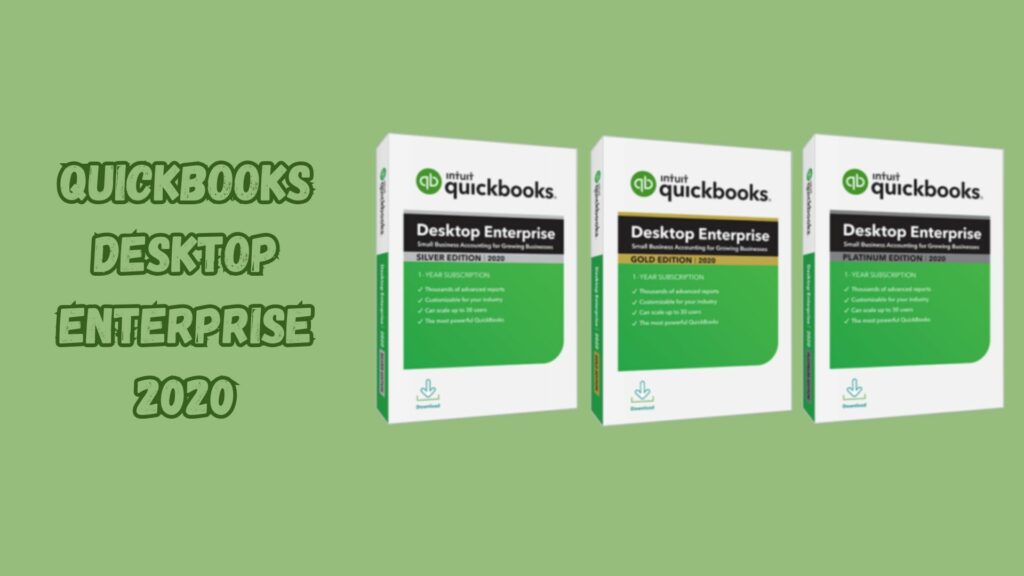In the modern era, when businesses are becoming more numerous and demand state-of-the-art solutions to boost their production and efficiency, QuickBooks is a significant piece of software. QuickBooks is at the top in this category of solutions tailored to the user’s demands. However, with time, consumers encounter challenges when attempting to fix different software faults with QuickBooks.
For example, consider a case when a user opens a balance sheet, and the error message “QuickBooks desktop balance sheet out of Balance” shows that the balance sheet is not in balance. The closing date of the company file is frequently the cause of the QuickBooks desktop balance sheet out of balance.
To resolve this issue correctly, let’s investigate further in this blog what causes it and what the best troubleshooting techniques are.
What is QuickBooks desktop balance sheet out of balance problem?

Total assets and total liabilities make up the balance sheet, which is an account of business-related facts. The asset and liability sides must equal out; otherwise, an out of balance error could appear and cause your work to stall. This inaccuracy indicates a disparity between the totals of assets and liabilities. This oversight could have several causes, which will be covered later in this article.
Situations when QuickBooks desktop balance sheet out of balance
The situation corresponding to it is as follows:
- First, choose Company and Financial from your Reports menu.
- Select Customize Report under Balance Sheet Summary. Then, select the Display tab.
- Select Cash as the Report Basis.
- Adjust the columns according to the day, week, month, or year that the QuickBooks desktop balance sheet out of balance problem occurred.
If the QuickBooks trial balance out-of-balance problem continues, please read the article to the end and follow the instructions in the correct order.
Causes of the QuickBooks desktop balance sheet out of balance
The situations when the QuickBooks desktop balance sheet out of balance are as follows:
- An uneven balance sheet may result from entering incorrect amounts and connecting to the wrong account.
- An uneven balance sheet may arise from transactions linked to the incorrect account.
- If a transaction is not entered into QuickBooks, it will not appear on the balance sheet and may result in an imbalance.
- A QuickBooks desktop balance sheet out of balance may result from double-counting transactions because of duplicates.
- Transactions deleted from QuickBooks will not appear on the balance sheet, making it unbalanced.
- The balance sheet may be out of balance if QuickBooks is started with inaccurate balances.
- An uneven balance sheet may arise from entering transactions in QuickBooks with outdated dates.
- If transactions are imported into QuickBooks incorrectly, the balance sheet may become unbalanced.
Signs/symptoms to identify this issue
To identify if your QuickBooks desktop balance sheet out of balance, the following steps need to be followed:
- Execute the balance sheet report: This can be done by following the below-given steps:
- Navigate towards the reports menu.
- From there, you need to tap on the company & financial icon.
- Next, hit the balance sheet standard option.
- Verify the dates: You must ensure the report has been configured to the accurate data range.
- Examine the total amount: Whatever the sum of liabilities and equities is, compare it with the total assets. If it doesn’t match, it becomes QuickBooks desktop balance sheet out of balance.
After looking through the situation where the issue arises and determining its reasons, we should proceed to these methods that will enable us to resolve this issue successfully. Thus, here are a few of them:
How to fix QuickBooks desktop balance sheet out of balance?
Here are methods for resolving QuickBooks desktop balance sheet out of balance. So some of them are as follows:
Method 1: Use the verify rebuild data utility tool
Common data problems in company files can be fixed with the help of the Rebuild Data Tool.
- Select “Desktop.”
- To access “QuickBooks Desktop,” right-click on the icon.
- Click “File” after opening the menu. Select “Rebuild Data” after selecting “Utilities.”

- The “QuickBooks Information” window opens. Click “OK” to confirm, and then follow the instructions to save the backup.
- The Rebuild Data application may take a while to operate. Once you’re finished, click “OK.”
- Go back to the File menu. After selecting “Utilities,” select “Verify Data.” This will check data in company file.

- After the diagnosis is finished and everything appears in order, click “OK” to finalize the procedure. If an issue is found, click “Rebuild Now” to continue.
Method 2: Launch balance sheet report on an accrual basis
Under this method, some of the steps need to be followed, such as:

Step 1: Run the report on an accrual basis
- Get “QuickBooks Desktop” open.
- Navigate to the menu and select “Reports.” Select “Company and Financial” from the menu. Click on “Balance Sheet Summary.”
- Choose “Customise Report.”
- Select “Accrual” under Report Basis after clicking the “Display” button.
- Check by selecting “OK.”
After this first step, follow the steps ahead:
Step 2: Locate the date displaying QuickBooks desktop balance sheet out of balance
To find the various transactions affecting the QuickBooks desktop balance sheet out of balance, you need to run a check for the date when the issue occurred.
You must check the date of the issue to determine whether transactions affect the balance sheet.
- To launch QuickBooks, right-click the “QuickBooks” desktop icon.
- Find the menu labeled “Reports.” Select “Balance Sheet Summary” from the “Company & Financials” section below.
- From the list of options, select “Customize Report.”
- Select “All” by clicking the “Display” tab under the “Dates” drop-down arrow icon.
- Select “Reports Basis.” Choose the right choice from “Accrual” and “Cash.”
- Navigate to “Columns” from the “Display Columns By” drop-down menu. Within “Year,” select the relevant year. To confirm, click “OK.”
- Verify “Total Liabilities & Equity” and “Total Assets” on the balance sheet. Check the point at which the modifications start to appear out of balance.
- If you locate the year discrepancies appear, go through steps 1–7 above again. Remember to select “Month” rather than “Year” in the “Display Columns by” menu.
- Go through steps 1 through 7 again, and select “Weeks” from the “Display Columns By” drop-down menu.
- Repeat steps 1–7 similarly, selecting “Days.” Note the date on which it appears out of balance.
Read More: QuickBooks Check Printing | Simple Steps To Write Checks
Step 3: Look for transactions that lead to a balance sheet out of balance
To look out for the transactions, the following steps need to be followed:
- Launch “QuickBooks.”
- Select “Custom Report” from the “Reports” menu, then “Transaction Detail” underneath.
- On the Modify Report window, search for the Report Date Range Section. The day the report stopped being balanced must be included in the From and To boxes.
- After that, you must go to the Report Basis section. If your balance sheet is out of balance for Accrual only, choose Accrual. Otherwise, select Cash.

- Select “Columns” in the window and uncheck the “Account,” “Split,” “Clr,” and “Class” checkboxes. Select “Amount” for the report’s readable format. Within the columns, click “Paid Account.” To confirm, click “OK.”
- Verify that the amount displayed out of balance and the balance shown in the “Paid Amount” is the same.
- Then, review each report to continue examining transactions that add up to the specified amount.
Sort by year
- Selecting everything through the Date drop-down list is the first step.
- After choosing the Year, click the OK tab via the display columns.
- The month the balance sheet becomes unbalanced is then determined by contrasting the total liabilities and assets.
Sort by Month
- The first thing that should be mentioned is the year that the field’s balance slipped out of balance.
- Hit the OK tab after selecting Month through the display columns.
- Comparing the balance of total obligations and total assets is the last step.
Sort by Week
- Initially, the month the balance sheet became unbalanced should be entered.
- The week can then be selected from the Display columns.
- After that, click the OK tab.
- The last step is comparing the balances to determine which week the balance sheet is out of sync.
Sort by Day
- Let’s start with the week that displayed the incorrect balance.
- After that, choose the Day through the columns of the display.
- After that, hit the OK tab.
- To find the day when the QuickBooks desktop balance sheet out of balance was, compare the total assets and liabilities.
Step 4: Date the transactions again
To do this, follow the steps given below:
- Once you’ve determined which transaction or transactions are causing the problem, change their dates. Note each one’s current date. Next, update the date on every transaction to a day in 20 years.
- Keep track of each transaction.
- After refreshing the report, the Paid Amount column should be zero if you successfully identified the transactions.
- After locating the transactions you dated into the future, date them to the actual time they happened. Note that this update process might correct the transactions by re-linking them.
- If this doesn’t work, move on to the subsequent step.
Step 5: Re-enter the transactions after deleting them
If altering the transaction dates doesn’t fix the problem, you should delete & reenter the transaction or transactions.
If still, the issue of QuickBooks desktop balance sheet out of balance prevails, then after this, try Advanced troubleshooting for balance sheet concerns as given below.
Read More: How To Create & Record Sales Receipt QuickBooks Online
Method 3: To identify the reports causing the issue, run reports
You must run each of the following reports one at a time to find the transactions that cause the QuickBooks desktop balance sheet out of balance. If this doesn’t resolve the issue, you may attempt to delete and re-enter them.
To track the faulty transactions, run the following reports:
Run customer report

- Select the Custom Reports tab from the Reports menu, followed by Transaction Detail.
- The screen will immediately open a window with the Modify Report option. If it doesn’t open, hit the Customize Report tab and select the Display tab.
- Apply the following guidelines on the Display tab:
- Select Accrual as the Report Basis setting.
- Next, enter the day the balance sheet becomes unbalanced in the From and To date boxes.
- Adjust the Total by Customer choice now.
- Next, select the Filter tab and carry out the following actions:
- Choose the Transaction type choice from the Filters list.
- Next, mark the Invoice, Credit Memo, and payment choices and select Multiple Transactions from the Transaction Type drop-down menu.
- Press OK.
Two situations are possible over here:
- The sum is the amount that caused your balance sheet to become out of balance on this specific date. You must locate the client with a non-zero sub-total (both positive and negative). Transactions from this particular customer have been harmed.
- The sum is not the amount the QuickBooks desktop balance sheet out of balance on this day; instead, it is a non-zero number, either positive or negative. Other transactions, such as journal entries and checks, must be added to the Transaction Category filter.
Run vendor report

- To do this, select the Transaction Detail tab from the Reports menu after selecting Custom Reports.
- A window titled “Modify Report” will now open automatically. If it doesn’t open, go to the Display tab and choose “Customize Report.”
- Next, follow these instructions on the Display icon:
- First, select Accrual as the Report Basis option.
- Next, enter the day your financial statement became unbalanced in the From & To fields.
- Next, choose Customer as the Total by option.
- Next, select the Filter tab and execute the following actions:
- Choose the Transaction Type box from the Filters list.
- Next, checkmark the Bill, Bill Credit, and Bill Payment options and select Multiple Transactions from the Transaction Type drop-down menu.
- Press OK.
Two situations are possible:
- The sum is the amount that caused the balance sheet to become out of balance on this date. Finding the vendor with a non-zero sub-total—whether positive or negative—is necessary in this situation. The damaged transactions belong to this vendor.
- The total is not the amount of money that caused the sheet to get out to become a lance on this day; instead, it is a non-zero quantity, either positive or negative. In this scenario, additional transactions, such as journal entries, must be added to the Transaction Type filter.
Run a journal report

- To begin, navigate to the Reports menu, then Accountant and Taxes, then Journal.
- Next, choose Customize Report and select the Display tab.
- Next, select the Accrual choice for the Report Basis.
- Click OK after setting the From & To fields to the day your financial record became unbalanced.
Run a report to find other transactions
- Choose the Custom Reports tab from the Reports menu.
- After that, select Transaction Detail.
- A new window with the title “Modify Report” automatically appears on the screen. If it doesn’t, go to the Display tab and choose the Customize Report button.
- Take the following actions on the Display tab:
- Select the Accrual choice for the Reports Basis.
- Now, choose All from the Dates drop-down.
- Use the Account List to set the Total by option.
- Select the Item choice from the list of columns.
- Press OK to proceed.
- Scroll to the bottom of a report after this. No accounts are associated with these transaction targets if you notice that the Account column is empty and the headline for the most recent set of transactions reads “No account.” This has to be fixed in the manner described below:
- Choose the Item List item from the Lists menu.
- To edit the item, right-click on it and select Edit Item.
- After making the Account modification, click OK.
- The following two steps must then be repeated: select OK and change the Account back to the initial account.
Method 4: Check for deleted or altered transactions

The QuickBooks desktop balance sheet out of balance can be caused by deleted or altered transactions. Reviewing these changes can help identify this issue. The steps that need to be followed are as follows:
Run an audit trail report: To do this, follow the steps given below:
- Click on the reports icon.
- Next, click on the accountant and taxes option.
- Finally, hit the audit trail icon.
Identify changes: whatever the alters of deleted transactions are, the resultant cause of imbalance identifies it.
Correct and then re-enter the transactions: Whatever discrepancies are there, detect and correct them, and then again enter the corrected transaction.
How can the recurring QuickBooks balance sheet be fixed out of balance errors?
Here are the ways to resolve the three instances in which your QuickBooks recurring balance sheet is out of balance.
- The Report Refreshing Process Is Slow: Close and reopen your QuickBooks file and balance sheet report. This approach is ideal if it produces a balanced report because your sheet is no longer balanced.
- Frequent Unbalanced Balance Sheet Reports: Change the default date. You can change the column by “Year” and “This Fiscal year-to-date” to “All,” for example. Additionally, you should be aware that you must commit this data to memory and utilize it by reloading the date range to see if it balances out.
- If the company file data is lost, Use this article to diagnose data damage. If the Balance Sheet Analysis is still out of balance after taking the previously specified steps, deal with an unbalanced balance sheet in accruals.
How an unbalanced balance sheet could be reviewed?
Your company’s assets & liabilities should be net zero in every category on a balance sheet report. Put another way, your company’s equity, liabilities, and assets should never exceed zero. If the balance sheet report you generate fails to equal zero, the QuickBooks desktop balance sheet out of balance, will appear, indicating an error in the ledger transactions. You may identify and resolve the issue by learning where to look to produce accurate reports. Such as:
Accounting equation
Accounts that have no direct impact on income and spending figures are listed on the balance sheet. Prepaid contracts, cash, and accounts receivable are among the asset balance sheet types. Liability accounts like accounts payable & equity accounts are included in the liability balance sheet category. The Accounting Coach states that understanding which accounts correspond on the balance sheet and applying the appropriate categories are necessary for producing an accurate trial balance.
Trial balance
Begin with a Trial Balance Statement to view your account balances in one location. The trial balance report lists every general ledger account with an equal balance for the reporting period. By excluding zero-balance accounts, you can save time and confusion by reviewing only the accounts pertinent to the reporting period. Examine the account balances in the trial balance report.
If you see any accounts on the list that don’t look right, highlight them or write down any notes you want to make about what’s occurring in those accounts. QuickBooks accounting software enables users to re-arrange, re-date, & re-enter account entries to rectify inaccurate balances.
Review the ledger activity
By looking into ledger operations, you can determine the underlying cause behind your QuickBooks desktop balance sheet out of balance. Open each ledger account independently if you find any accounts with which the balance is unclear. Examine the period’s transaction list and highlight any transactions that seem unusual.
Examine any journal entries or incorrect transaction posts that may have inadvertently been made to a balance sheet account. Any improper transactions should be reclassified with a general journal item to fix the balance.
Journal entries
A journal entry error may be the cause of an unbalanced balance sheet. Examine every journal entry entered into the accounts you are unsure about. Verify that the amounts reported are accurate. Examine the supporting documentation for the journal entry to ensure it was uploaded correctly and within the allotted time.
Examine the entry’s details in the ledger to ensure it is posted successfully and accurately without a system problem. Inadvertently publishing journal entries twice may result in some accounts that are not balanced.
Equity calculations
Check the data in your Owner’s Or Stockholder’s Equity if your company is a sole proprietorship. The equity category represents the difference between assets and liabilities. When assets are more significant than liabilities, this is a good indicator. It shows that you have equity in your company.
The ratio of equity to assets rises. Additionally, when assets or obligations increase or decrease, equity falls. If the outcome of this equity computation is less than the difference between your liabilities and assets, your balance sheet will not be in balance.
Conclusion
Therefore, we hope all of this article’s information will benefit you and help you resolve the QuickBooks desktop balance sheet out of balance issue. We also hope this article will help you understand the situations that lead to this error and also let you know the indications and signs through which one could detect the occurrence of this issue.
In addition, we have familiarized you with all the efficient troubleshooting procedures that, if correctly followed step-by-step, can readily resolve problems.
But if you are still facing any trouble, please feel free to contact us, as our trained QuickBooks desktop support team will help you resolve the problem quickly and effectively.
Frequently Asked Questions
Q1. How Can I Fix a QuickBooks Desktop Balance Sheet out of balance issue?
Through the Reports menu, choose Custom Report, then Transaction Detail. On the Modify Report window, browse for the Report Date Range section. The report must be included in the from and to fields when it ceases to be balanced.
Q2. The balance sheet resets, does it?
There is never a zero reset. The balance sheet is an exception. Their accounts are never reset. When the previous year has been closed out in your accounting program, which entails several steps but most crucially resets the Income Statement to zero, the net income from that year is added to Retained Earnings.
Q3. What may have an impact on the balance sheet?
The following points are related to it:
- Making inaccurate transaction records.
- When you fail to classify the data correctly.
- Leaving out transactions. It’s easy to forget to record transactions on the balance sheet.
- Neglecting to document changes to the inventory.
Q4. How can I identify the transactions causing the QuickBooks Desktop Balance Sheet Out of Balance Error?
Select the Reports menu to locate the transaction records responsible for an uneven QuickBooks balance sheet. Select the Custom Report tab from the dropdown menu. Tap on the transaction details after that. You can check the date when your balance sheet got out of balance and change the report window there.
Q5. What are the requirements for fixing QuickBooks desktop balance sheet out of balance error?
Make a backup copy of the company file data before fixing the QuickBooks balance sheet due to the balance issue. In addition, make sure to check and reload the QBWIN log file. However, multi-user configurations can occasionally cause this error to appear. Errors in your company’s financial data may result from multiple people working on the file.


